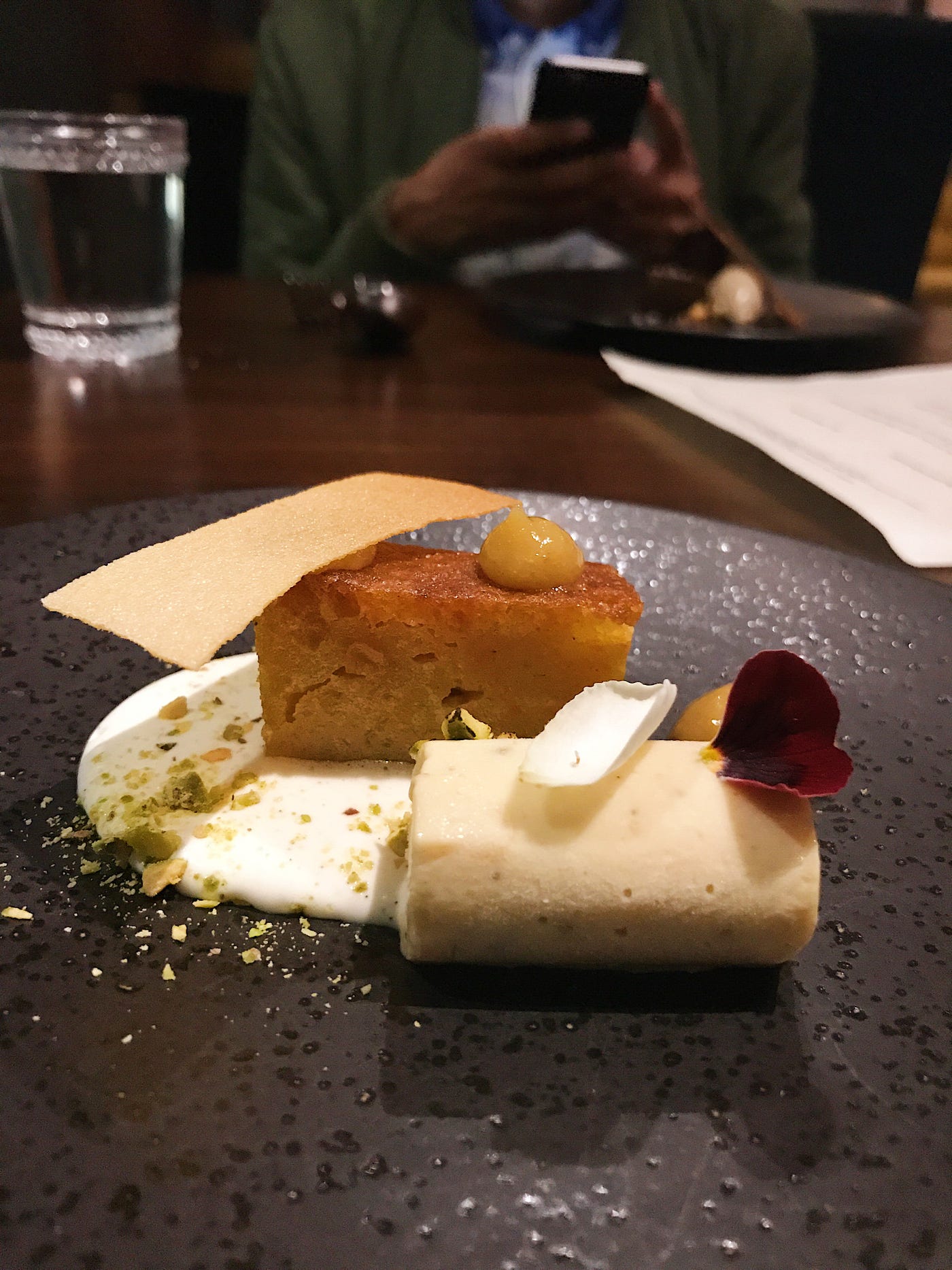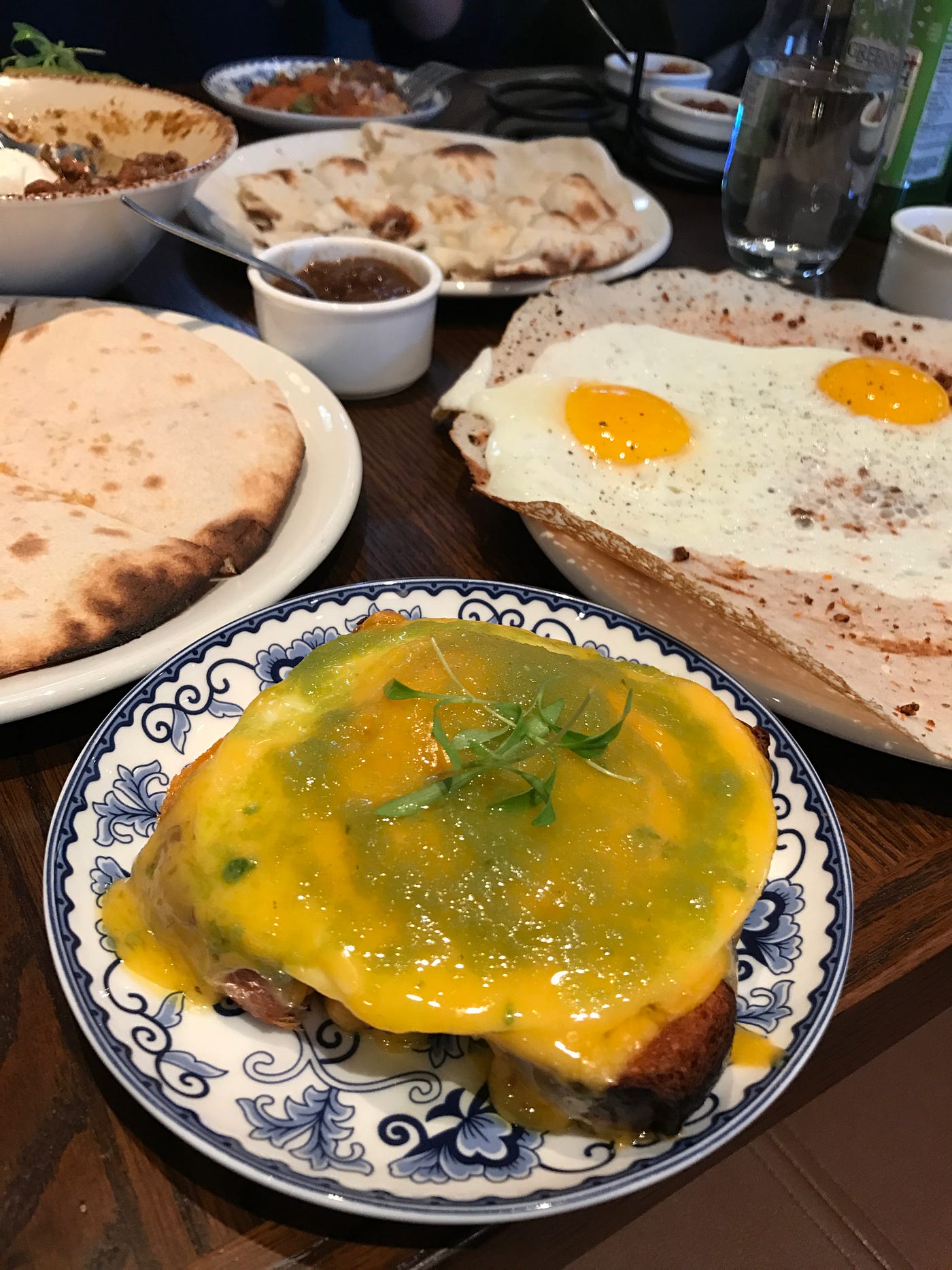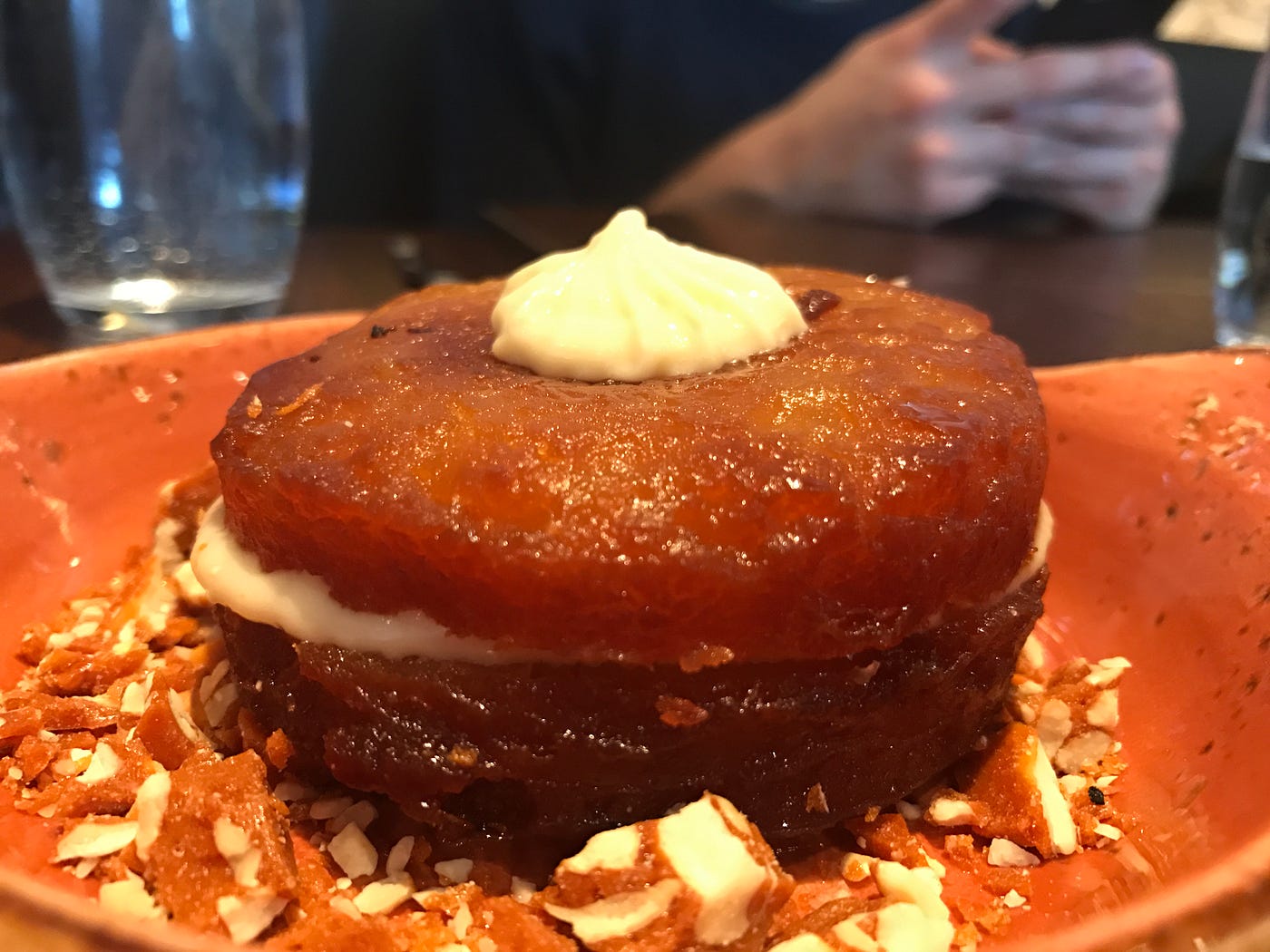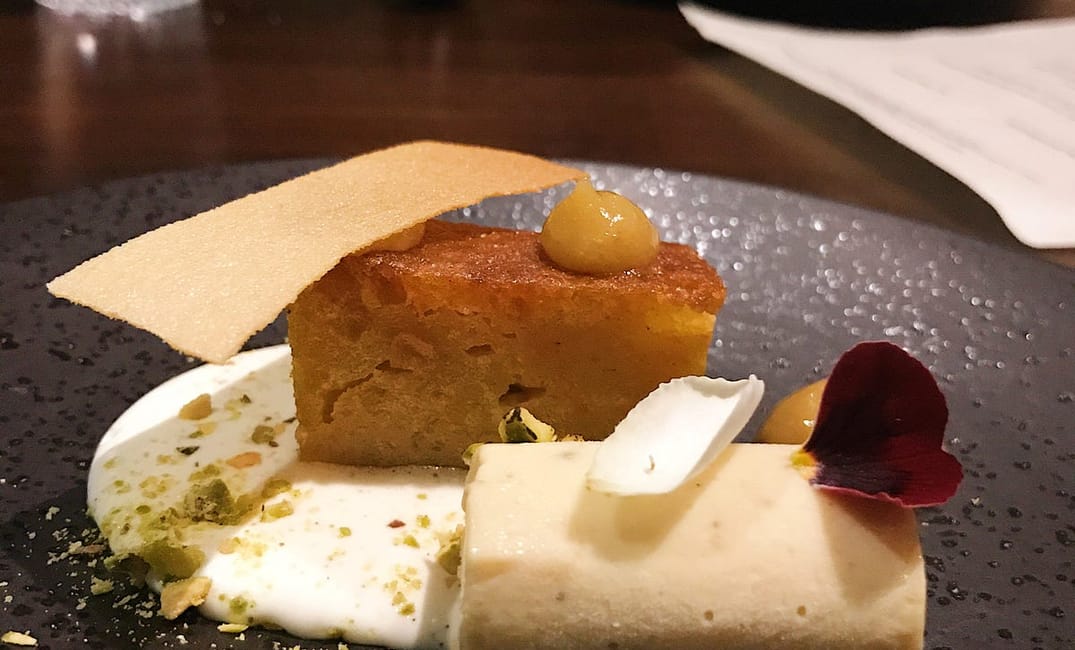
In the ultimate episode of season 2 of Chef’s Table, we get a taste of chef Gaggan Anand’s restaurant in Bangkok, which focuses on a cuisine that is fairly new to the fine-dining world — “progressive Indian.” From perfectly set yogurt spheres to edible rice packets bursting with spices, his menu is beautiful and strategic, and it’s part of an emerging culinary movement sweeping the globe.
Indian food itself has grown beyond its familiar boundaries. No longer is it resigned to home kitchens or monotonous cream-laden tikka masalas. In San Francisco, New York City, Bangkok and beyond, Indian cuisine has resurrected itself as an experience worthy of finer dining. Yet this also raises a larger question: In a world with 1.3 billion Indians, each with their own fierce opinions about what constitutes the best Indian cuisine, can these progressive Indian restaurants and chefs really please their appetites? Or does progressive Indian food bypass the Indian population completely and cater solely to Western palates?
It’s important to note that the majority of head chefs in these modern Indian restaurants are Indian themselves. They immigrated to the US, bringing with them a spectrum of dishes ranging from those they ate in their homes in India to those they learned at the culinary schools where they were trained. Upon arriving in the US to cook, they saw a big problem —people’s huge disdain for Indian food.
“It irritated me,” said chef Floyd Cardoz of Paowalla in New York City, in reference to the idea that most people think Indian food is mainly chicken tikka masala. “It wasn’t as good as it could be. I wanted something that expresses India and Indian cuisine, the way the food is supposed to be.”

What Indian food is “supposed to be” is, of course, vastly subjective. For immigrants and first-generation Indians like myself, “supposed to be” is how our mothers and grandmothers cooked — no questions asked and no debate had. We are on a perpetual quest for cultural connection, so we are fiercely wedded to the culinary idiosyncrasies of our homes.
But modern Indian chefs know that — after all they, too, are part of the diaspora. Their challenge, then, has been not to replicate the exact dishes of childhood but rather to evoke the emotions behind the food in a way that endures across generations and ethnicities. “My food is not just Indian,” said chef Sujan Sarkar of the recently opened Rooh in San Francisco. “It’s a combination of ingredients and flavors, which is more important. You might see a dish [at Rooh], and it’ll be different, but it’ll have that flavor profile, so you recognize it.”

Like many other chefs, Sarkar recognizes that cooking progressive Indian food means cooking for Indians and Westerners alike. To succeed, a cross-cultural mentality has to exist. It’s a mentality that includes the tradition of Indian hospitality. As chef Jessi Singh of Babu Ji put it, the idea is to maintain “an atmosphere…of sharing all things food and beverage with anyone and everyone.”
It also includes a Western commitment toward customer service, whereby diners can and should be treated well. It’s supposed to be an elevated undertaking encompassing everything from the menu to the décor, and it’s not supposed to be the food you ate at home, because that will always be an experience that cannot be replicated.
Modern Indian restaurants have emerged as a response to changes in the common schema of what Indian food is to Indians and Americans alike. And as the cuisine continues to take hold, chefs continue to fuse their cultural sensibilities with culinary creativity to reimagine Indian food for Indians and Americans alike.
More from the world of food:







